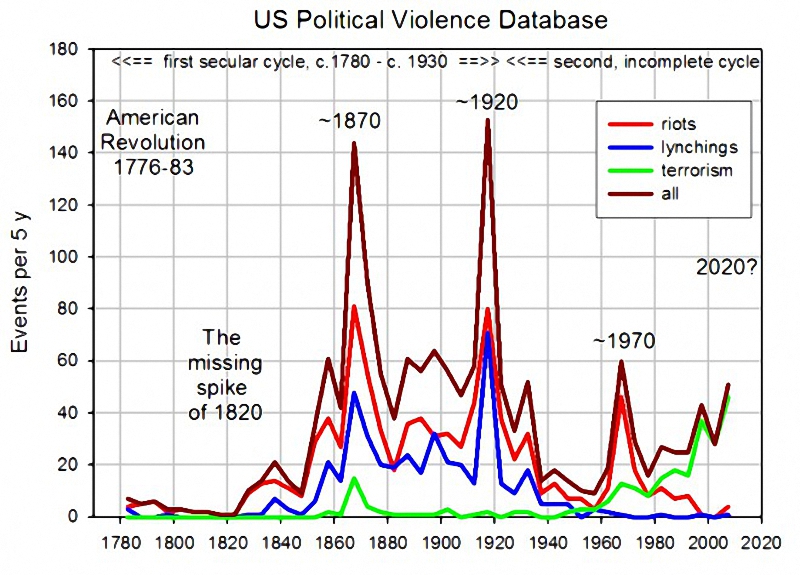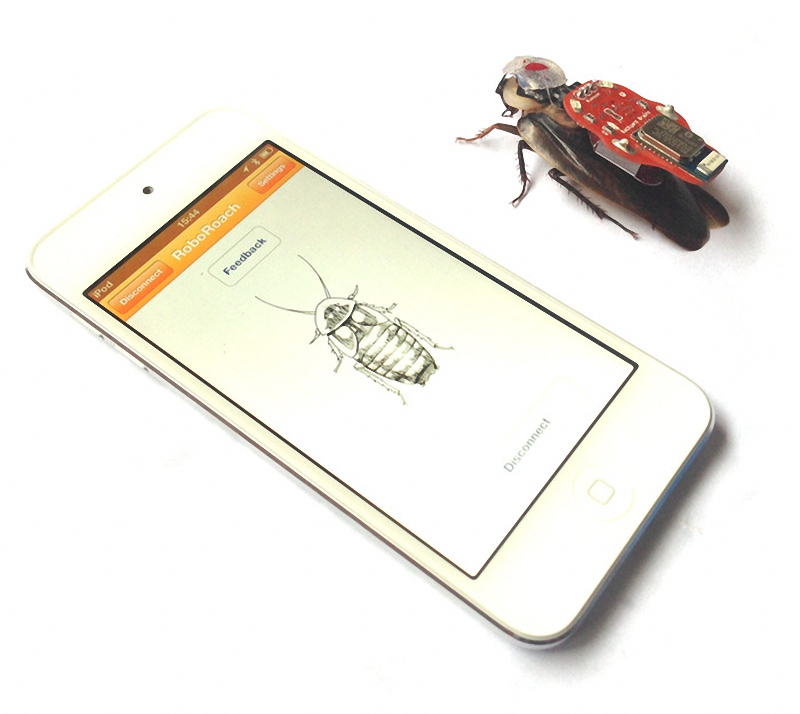For one thing, humans are irrational and prone to habit. When those habits are interrupted, interesting things happen. After the collapse of the I-35 bridge in Minnesota, for example, the number of travelers crossing the river, not surprisingly, dropped; but even after the bridge was restored, researcher David Levinson has noted, traffic levels never got near their previous levels again. Habits can be particularly troublesome for planning fixed travel routes for people, like public buses, as noted in a paper titled, “You Can Lead Travelers to the Bus Stop, But You Can’t Make Them Ride,” by Akshay Vij and Joan Walker of the University of California. “Traditional travel demand models assume that individuals are aware of the full range of alternatives at their disposal,” the paper reads, “and that a conscious choice is made based on a tradeoff between perceived costs and benefits.” But that is not necessarily so.
People are also emotional, and it turns out an unhappy truck driver can be trouble. Modern routing models incorporate whether a truck driver is happy or not—something he may not know about himself. For example, one major trucking company that declined to be named does “predictive analysis” on when drivers are at greater risk of being involved in a crash. Not only does the company have information on how the truck is being driven—speeding, hard-braking events, rapid lane changes—but on the life of the driver. “We actually have built into the model a number of indicators that could be surrogates for dissatisfaction,” said one employee familiar with the program.
This could be a change in a driver’s take-home pay, a life event like a death in the family or divorce, or something as subtle as a driver whose morning start time has been suddenly changed. The analysis takes into account everything the company’s engineers can think of, and then teases out which factors seem correlated to accident risk. Drivers who appear to be at highest risk are flagged. Then there are programs in place to ensure the driver’s manager will talk to a flagged driver.
[…]
Powell’s biggest revelation in considering the role of humans in algorithms, though, was that humans can do it better. “I would go down to Yellow, we were trying to solve these big deterministic problems. We weren’t even close. I would sit and look at the dispatch center and think, how are they doing it?” That’s when he noticed: They are not trying to solve the whole week’s schedule at once. They’re doing it in pieces. “We humans have funny ways of solving problems that no one’s been able to articulate,” he says. Operations research people just punt and call it a “heuristic approach.”
Ref: Unhappy Truckers and Other Algorithmic Problems – Nautilus


